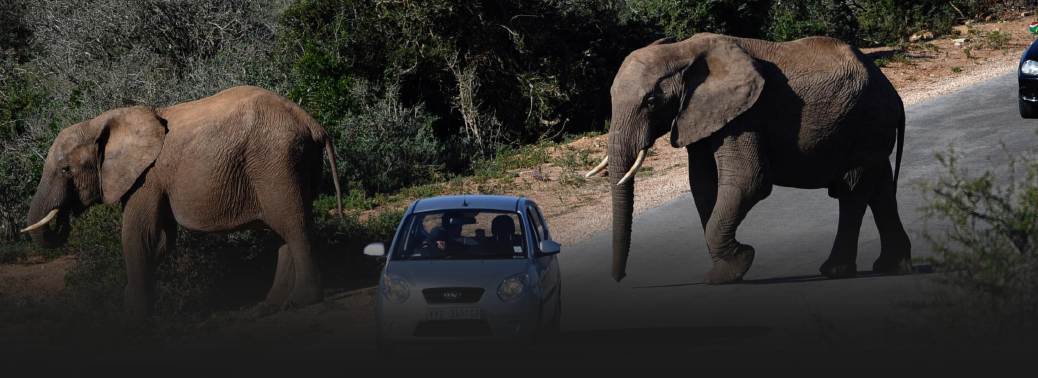Train Hits Killed 49 Elephants in 3 Years
14, Jan 2019

Prelims level :
Mains level : Environmental conservation
What’s in the News?
- In addition, 11 tigers and 13 lions died in railway and road accidents in the past three years
- In 2016, the Ministry of Environment, Forest and Climate Change (MOEFCC) released ‘Eco-friendly measures to mitigate impacts of linear infrastructure’, an advisory document for mitigating human-animal conflicts. Despite this advisory, and many others issued by conservationists and organisations, deaths of wild animals in road and railway accidents have continued unabated.
- The MoEFCC told the Rajya Sabha, in response to a question by MP T. Subbarami Reddy, that 49 elephants were killed in Railway accidents between 2016-18 (nine in 2015-16, 21 casualties in 2016-17 and 19 in 2017-18). In the same 3-year period, three tigers were killed in road accidents while eight tigers were mowed down by trains.
- Three lions died in a train accident in the Amerli district of Gujarat in December 2018. Prior to this, 10 lions died in railway and road accidents between 2016-2018.
- West Bengal and Assam together accounted for 37 out of the 49 deaths of elephants on train tracks across the country. While the number of elephant casualties on railway tracks in West Bengal has fallen from five in 2015-16 to three in 2016-17 to two in 2017-18, the number of elephants dying in railway accidents in Assam have increased in the same period — the northeastern State recorded three elephant deaths by accidents in 2015-16, which increased ten in 2016-17 and 14 in 2017-18.
- According to the Ministry, several notifications have been issued, including one on December 28, 2016, to Chief Wildlife Wardens, to implement precautionary measures for minimising elephant deaths caused by train accidents.
- Another component of infrastructure — low hanging or sagging electric wires — become a major threat to wildlife, particularly elephants. Between 2009 and 2017, 461 elephants have been electrocuted in different parts of the country. On January 12, there were reports of two electrocuted elephants in West Bengal’s Paschim Medinipur district.
- Jose Louise, a conservationist with the Wildlife Trust of India (WTI), which has developed a mobile app for monitoring road kills, said that when the infrastructure was developed, “it was never thought that it could lead to the death of so many wild animals.” While Mr. Louise notes that experts consider wildlife corridors while planning new infrastructure projects, he feels that data generated from the app can provide practical answers on regulating traffic and reducing road kills in existing projects in the coming years.
About Man animal conflict:
- Conflict between people and animals is one of the main threats to the continued survival of many species in different parts of the world, and is also a significant threat to local human populatons. If solutions to conflicts are not adequate, local support for conservation also declines.
- As human populations expand and natural habitats shrink, people and animals are increasingly coming into conflict over living space and food. From baboons in Namibia attacking young cattle, to greater one-horned rhinos in Nepal destroying crops, to orangutans in oil palm plantations, to European bears and wolves killing livestock – the problem is universal, affects rich and poor, and is bad news for all concerned. The impacts are often huge. People lose their crops, livestock, property, and sometimes their lives. The animals, many of which are already threatened or endangered, are often killed in retaliation or to ‘prevent’ future conflicts.
About Wildlife Trust of India:
- Wildlife Trust of India (WTI) is a leading Indian nature conservation organisation committed to the service of nature. Its mission is to conserve wildlife and its habitat and to work for the welfare of individual wild animals, in partnership with communities and governments. WTI’s team of 150 dedicated professionals work towards achieving its vision of a secure natural heritage of India, in six priority landscapes, knit holistically together by nine key strategies or Big Ideas.
- The Vision of the trust is to a secure natural heritage of India and the mission is to conserve wildlife and its habitat and to work for the welfare of individual wild animals, in partnership with communities and governments.






